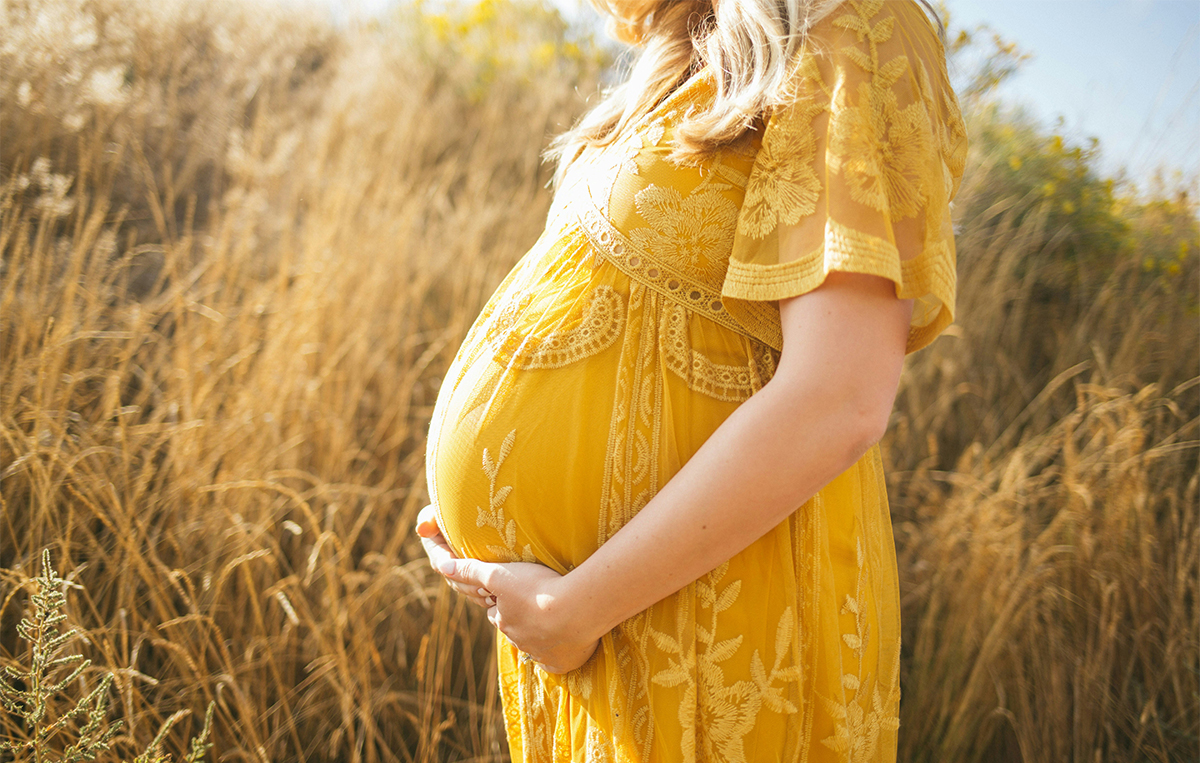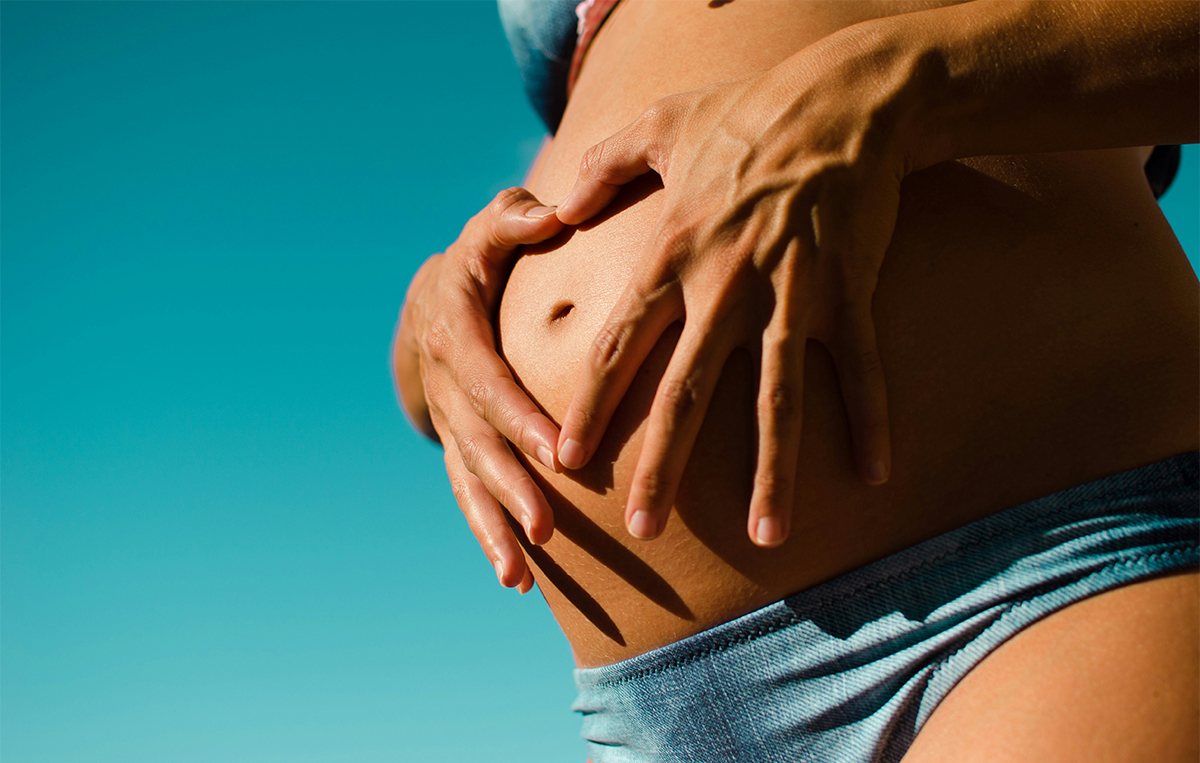Discover what causes and how to prevent muscle cramps here!
What is a Muscle Cramp and Spasm?
Muscle cramps and muscle spasms are annoying conditions that involve a sudden, involuntary contraction and tightening of a muscle that will not immediately relax. Cramps can last anywhere from a few seconds to over 15 minutes and can often be seen visibly.
Muscle cramps and spasms can involve one muscle or the whole group. Although a spasm or cramp can occur in just about any muscle, the most common muscle groups affected are:
-
- The lower leg and calf muscles.
- The upper leg (hams & quads)
- The feet and hands.
I uses a combination of techniques to provide effective solutions to both treat and prevent Cramp.
BOOK YOUR TREATMENT HERE
Muscle cramps and spasms can range in intensity from a slight twitch to a severe, agonizing contraction.
People who are at the greatest risk of muscle cramps are:
- Those who take drugs or certain medications
- Live or work in excessive heat and humidity
- It’s common among endurance athletes
- People over 65 years of age who perform strenuous physical activity.
What Causes Muscle Cramp and Spasm?
There are several causes, the main ones being:
- Dehydration
- Electrolyte and mineral depletion.
- Muscle fatigue and overuse
- Poor flexibility and tight muscles
A number of other factors include
- Excessive use of alcohol, drugs and medication.
- Inadequate blood supply to the area
- Injury or muscle strain
- Working or exercising in high heat and humidity
Treating Muscle Cramp and Spasms
Muscle cramps and spasms will usually go away on their own but there are a few important steps you can take to decrease the severity and duration of them.
- Stop the activity that triggered the cramp in the first place.
- Gently stretch the affected muscle or muscle group.
- Keep the affected areas moving with light activity and gentle massage.
- Continue to apply heat and massage to help promote blood flow.
Preventing Muscle Cramp and Spasms
A great place to start is to improve your general health and fitness. Improving your cardiovascular fitness will improve the delivery of blood to your muscles, which will ensure that they have adequate amounts of oxygen and nutrients to function properly.
Another key activity that will help to prevent muscle cramp and spasms is Stretching.
Keeping your muscles loose and flexible will help prevent them from cramping. Be sure to warm up and cool down after ALL physical activity.




